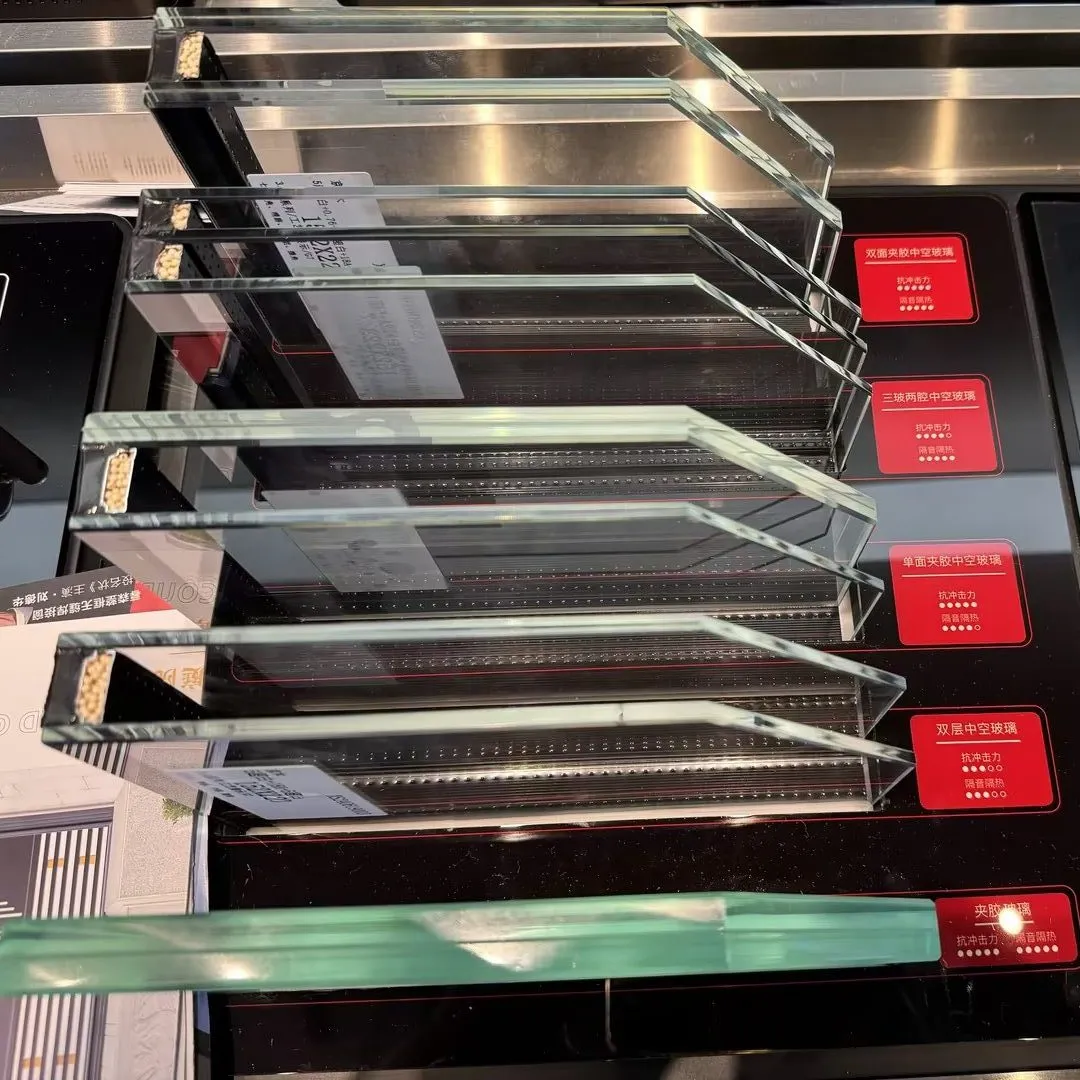Have you ever dreamed of creating a luxurious residential experience that allows you to enjoy the best of both the indoor and outdoor environments? A freestanding mobile sunroom could be a great solution for your house addition.
Imagine yourself lounging in a cozy chair with a good book in hand, soaking up the sun or the stars, or enjoying a cozy afternoon tea with friends. This versatile structure can transform any outdoor area into a flexible, stylish oasis.
However, without proper insulation and cooling measures, a sunroom can quickly turn into a stuffy heat trap. Here are four steps to keep your sunroom cool and warm in the summer.

Choose materials with low thermal conductivity
The main materials of a sunroom are steel and aluminum alloy. Steel structures are prone to rust and corrosion, and have high thermal conductivity, which can make a sunroom unbearable in the summer. On the other hand, aluminum alloy is durable, corrosion-resistant and safe, making it a great choice for a modern sunroom.

Use Insulated Glass In House Addition
Since glass makes up a large portion of a sunroom, its insulation is crucial:
Glass film: A thin film applied to the surface of the glass blocks heat and UV rays. It is affordable and easy to install, but may fade over time.
Double-glazing: This type of glass offers excellent insulation, noise reduction, and anti-condensation properties. Air or inert gas between the glass reduces heat transfer, keeping the interior cooler.

Use sunshades
External sunshades: Options such as aluminum or solar panels can be installed outdoors, but can be costly and less aesthetically pleasing.
Internal sunshades: Fabric sunshades are a traditional and effective way to block sunlight and heat. Planting greenery in a sunroom can also help cool it down and purify the air.

House Addition Cooling solutions
Ventilation skylights: Installing electric skylights can quickly exhaust hot air and bring in fresh air for a comfortable indoor environment.
Mist System: Roof mist systems can quickly cool down by evaporating water, while also helping to clean the sunroom roof.
Temperature Control System: Air conditioning is an immediate and effective way to cool down, but should be supplemented with fans or exhaust systems to ensure proper ventilation and energy efficiency.

Conclusion
By following these steps, you can transform your sunroom from a potential “hot box” to a cool, relaxing haven. Whether used for reading, socializing, or dining, a well-insulated and ventilated sunroom can provide your guests with a pleasant and comfortable experience year-round.











